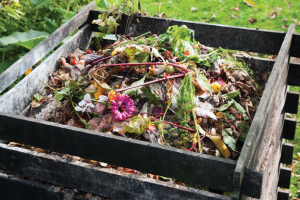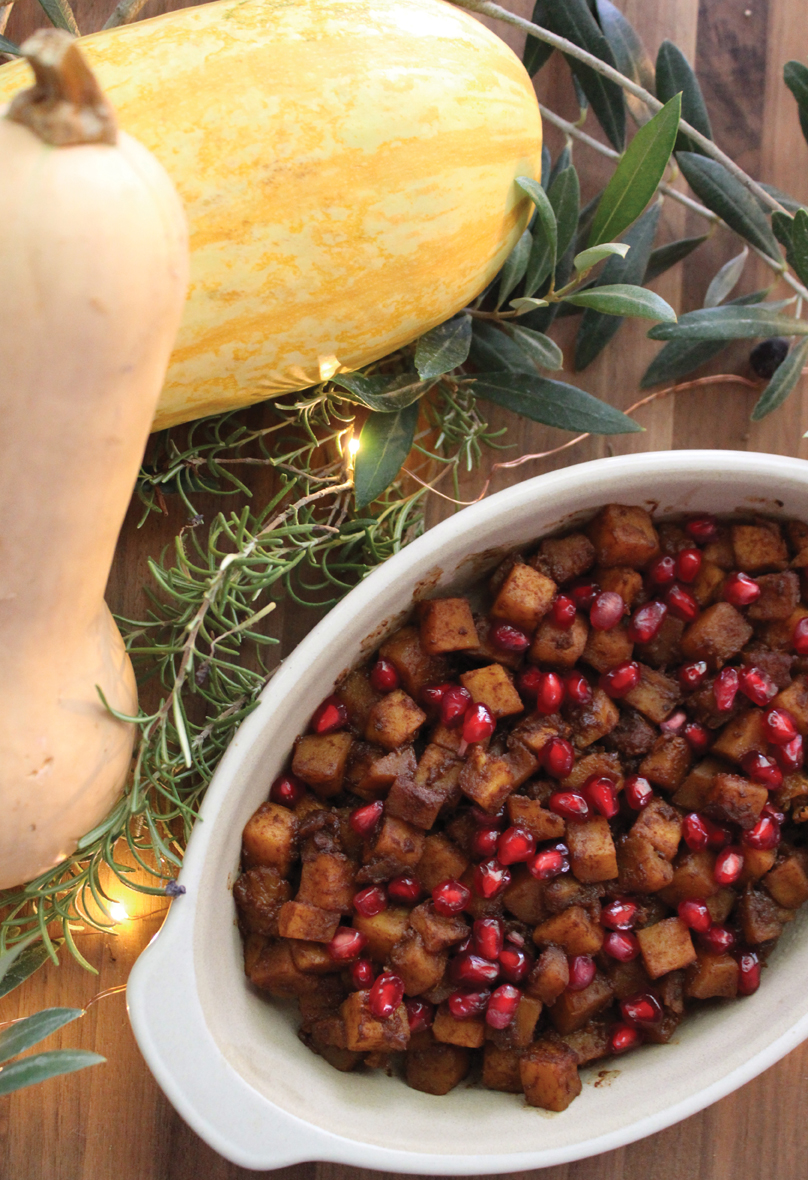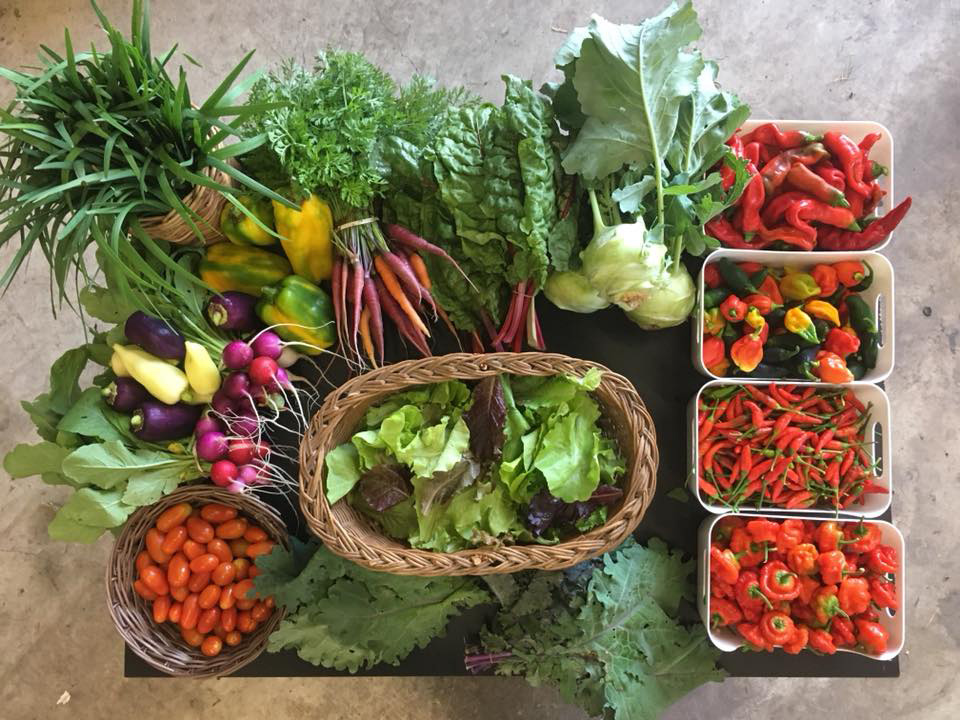
Better dirt, better garden. It’s that simple and can make a big difference. Garden-Ville expert horticulturist William Green subscribes to the old adage to plant a 10-cent tree in a $10 hole. “That just means invest in the soil. Get a soil test done so you know if there is something anomalous in the soil around your area,” he explains.
George Gentry, Rainbow Gardens’ general manager, agrees that knowing what you have is the best place to start through analysis and says there’s an even easier method: “You can identify the soil you have by looking at it. Dark-colored with little sand is topsoil. A light-colored soil is a subsoil (like what they use as a base for construction), and that won’t grow anything worth growing.” Gentry, a Texas Master Certified Nurseryman who began working in greenhouses as a child, says area soils can be clay, sandy or a sandy loam mixture of the two. Amendments to improve them fall into three categories and variations of organics: compost, which is almost all organic; peat moss, that is all organic but not sustainable; or organic matter, recycled materials that could be animal- or plant-based. The addition of organics is also essential for roots and water to penetrate the soil. “A vigorous, living soil is the absolute best thing for gardens,” suggests Green. “You get that from high-quality, finished compost that reduces the bulk density of soil, allowing it to absorb and hold water much more effectively and for longer periods of time — a great asset when irrigation restrictions are in place. Soils replete with organic matter and humus (the most stable form of organic material) are disease-suppressive and supply a spectrum of nutrients. Compost softens the soil, lets roots mine nutrients, holds water, keeps diseases at bay and just looks cool. After a while, you’ll see chunky earthworms and strong root systems.” Green says your grandparents probably composted. “It was a skill and a product that was really misunderstood by our parents’ generation, but is rapidly coming back due to its unrivaled performance and concerns about sustainability. Trust me, trust me; compost is the soul of the soil.”
“More and more people are composting,” Gentry agrees, and he predicts increasing regulation on the disposal of natural refuse like lawn clippings, vegetation and branches, but said local gardeners shouldn’t toss one of the best organic supplements — leaves. “You want decayed leaves, which are ideal for lawns, shrubs, flower beds and garden soils,” he says. If you aren’t interested in composting, Gentry recommends shredded leaves. “The more surface area, the faster the microbes work to break it down into a rich product you can use on the surface, allowing the natural course of rotting.” At a minimum, take the abundance of leaves your trees produce and spread them whole under shrubs. “It’s an easy way to help your garden tolerate our high temps, prevent rain and water loss, prevent weed germination and provide a natural forest floor,” he says. If you want to boost your soil with add-ins, Gentry has a few go-to product lines. Both Lady Bug natural brand and Happy Frog, from California’s Fox Farm Soil and Fertilizer Company, have options in liquid, granular and compost varieties, some with dormant microbes that hatch to help break down organic matter and feed the plant roots so you don’t have to wait for the enrichment to begin.
Including some sort of nitrogen supplement is a good targeted amendment for area gardens, says Green: “Organic is best. Either applied every two to three weeks as a liquid or six to eight weeks as a granular fertilizer during the growing season. Fish emulsion-based fertilizers are great, as are cottonseed meal, alfalfa meal, and a whole host of other locally available fertilizers.” Green says an iron source is important too. “Glauconite, aka ‘greensand,’ is replete with iron, magnesium and potassium; a veritable multivitamin for our soils, which can benefit greatly from all three.” If it’s too much work to improve the dirt you have, or you just need a fresh start, Garden-Ville can fill your truck or provide home delivery of whatever product you need. “We make soils that are perfect for laying a fresh cut of sod, or topdressing mixes to revitalize a pallid lawn,” says Green.
 Compost:
Compost:
“Look for the STA logo. That shows that the producer of the compost has chosen to be transparent about the quality of their product. Composts are usually local too, as it is too bulky a material to transport long distances. You’re usually supporting a local store or farmer when you use compost, and your garden will thank you too. Make sure it smells ‘earthy,’ and that you can’t tell what it’s made of; if you see discernible chunks of twig, bark or anything else that doesn’t have a coffee grounds appearance, go somewhere that provides this. The last thing you need is mulch masquerading as compost; it can sit on the soil just fine, but do some damage if it gets in the soil. Ask to see a sample, give it a sniff, and make a good choice! We recommend our Garden-Ville Invigorator Compost.”
Nitrogen supplements and fertilizer:
“Avoid any that show big double-digit numbers on the label. They can harm the water under you and downstream from you and generally leave the soil saltier and less vibrant than before, even if they do push a flower to be colorful for a couple of weeks. It leaves the soil chemically dependent, not a state that fosters long-term gardening success.”
About pH:
“Although you will see some books and pamphlets recommending ‘liming,’ don’t bother. That is actually more of an advisable practice ‘on the other side of the Mississippi,’ as my Mama says, and can raise the pH of your soil. You don’t need the pH any higher; it is really high already.”









0 Comments